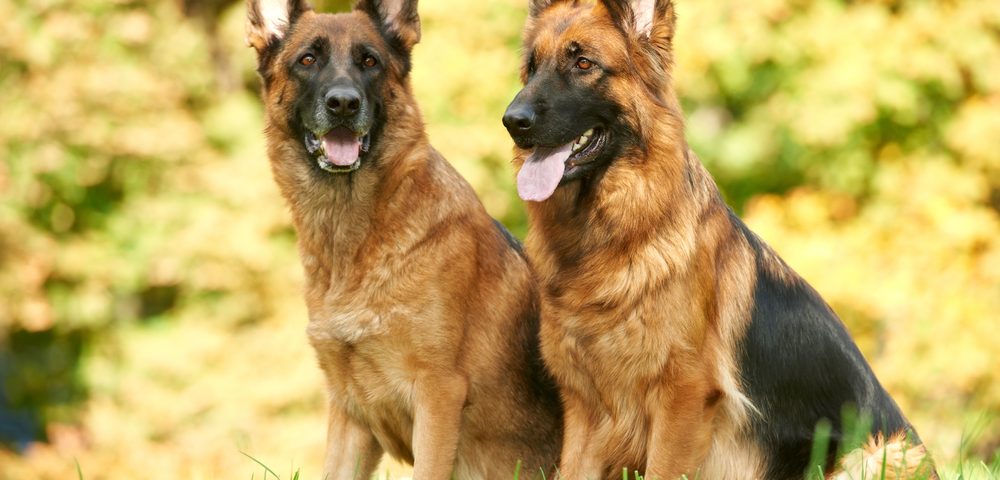German shepherds, with training, were able to detect breast cancer in women by sniffing a piece of clothing that they had worn close to a breast with a tumor, French researchers at the Curie Institute in Paris report.
The findings are part of an unconventional but promising trial in diagnosing breast cancers.
The two dogs, after only six months of training, were 100 percent accurate in detecting breast cancer — opening the possibility of a highly non-invasive, and low cost, means of spotting a possible cancer, particularly in regions where mammograms are scarce or non-existent.
“In these countries, there are oncologists, there are surgeons, but in rural areas often there is limited access to diagnostics,” Isabelle Fromantin, leader of the Kdog project, said in a press release. Because of poor access, Fromantin said, patients run the risk of failing to be treated at earlier cancer stages.
“If this works, we can roll it out rapidly,” she added.
Kdog is grounded on the premise that breast cancer cells have a distinct smell that can be picked up by dogs’ sensitive noses. In the study, researchers collected 31 pieces of bandage that had touched affected breast skin in 31 cancer patients.
With the assistance of a trainer Jacky Experton, the team instructed the two shepherds, Thor and Nykios, to recognize cancer.
“It is all based on game-playing and reward,” Experton said.
The dogs performed the trial’s tasks throughout several days in January and February. The researchers then replaced the 31 bandages used for the training with 31 new bandages from another group of breast cancer patients.
These bandages were placed in a box with a cone, whose opening was wide enough for a dog to put its nose through to sniff. Four boxes of cloth samples were given the dogs in each test session, with each box containing one of four samples — a bandage from a cancer patient and three from women without breast cancer. The dogs were instructed to sit before a box with a cancer sample and press their muzzle into the cone.
Each dog went though two rounds of testing with each sample, so that a total of 62 responses were recorded.
In the first round, the dogs scored a 90 percent pass rate, with 28 out of 31 cancer samples detected. In the second, they scored 100 percent.
“There is technology that works very well, but sometimes simpler things, more obvious things, can also help,” said Amaury Martin of the Curie Institute, while mentioning other untested stories of dogs able to detect cancer. “Our aim was see if we can move from conventional wisdom to … real science, with all the clinical and research validation that this entails.”
The Kdog project’s next step is to design a clinical trial with more patients and two other dogs. The team is now looking for funding to support such research.
Dogs are also being tested in other projects for their ability to smell different types of cancer in samples of the skin, blood, urine, and exhaled breath.

